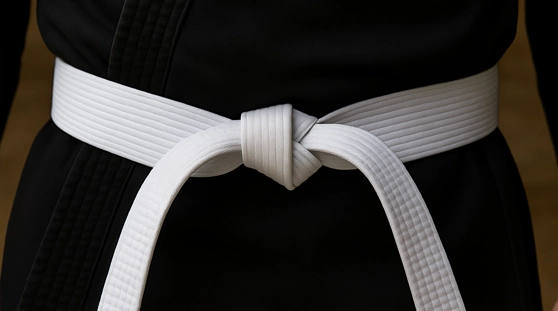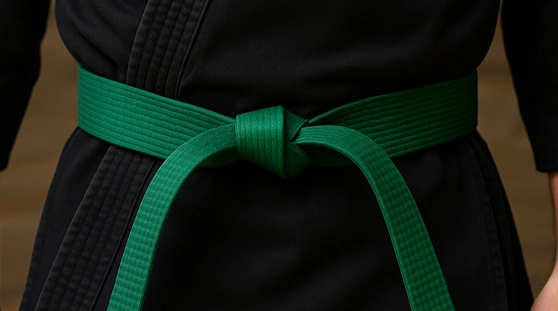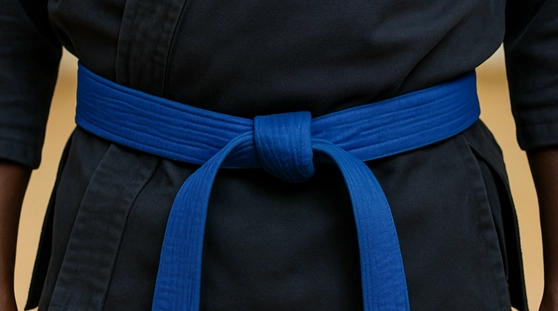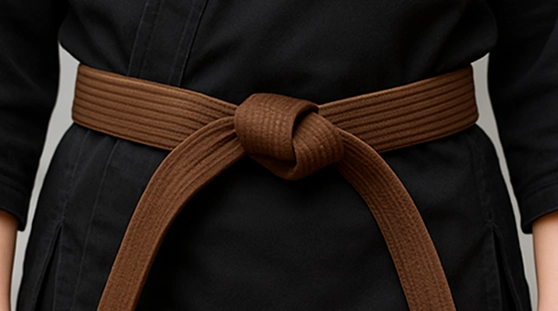Begin Your Journey in Traditional Japanese Martial Arts
Japanese Jujutsu and Ninpo Training in the Kobukan
The Kobukan Kobudo Renmei offers structured, rank-based training in classical Japanese Jujutsu and Ninpo Taijutsu. Grounded in kata and pressure-tested through randori, our system emphasizes practical effectiveness and deep traditional understanding.
Learn About Our Approach to Japanese Jujutsu and Ninpo Training
Kobudo Training in the Kobukan Kobudo Renmei
PRESERVING TRADITIONAL JAPANESE MARTIAL ARTS
Our martial systems (ryu-ha) are rooted in the tradition of the Takamatsu-den arts, passed down for generations through the lineage of Toshitsugu Takamatsu Sensei. While we share this heritage with other groups, the Kobukan’s approach to Japanese Jujutsu and Ninpo training is uniquely defined by our emphasis on clarity, structure, and authenticity.
We prioritize how techniques are transmitted—faithfully preserved and taught by James Wright Kancho through the Kobukan organization. This commitment is reflected not only in technique, but in our internal culture of openness and mutual respect, extending from leadership through instructors and students.
While it’s common for practitioners of traditional Japanese martial arts to personalize or evolve what they’ve learned, the Kobukan emphasizes a clear distinction between preserving the original teachings and applying personal insight. We refer to this as densho dori—respecting the way techniques were historically documented and transmitted, while also acknowledging that one’s personal experience can deepen understanding and bring techniques to life without altering their core structure. This balance allows members to develop both technical precision and practical effectiveness, while staying true to the integrity of the system.
TESTING FOR EFFECTIVENESS IN MODERN CONTEXTS
Preserving traditional kata is only part of the equation. At the Kobukan, we believe techniques must also be tested—through pressure, resistance, and unpredictability—to be fully understood and trusted. This ensures that what we preserve is not only historically accurate, but practically effective.
In many traditional Japanese Jujutsu and Ninpo training systems, pressure testing is often limited or omitted, offering only a partial view of kata’s true value. As Kancho has stated, without testing, it “risks becoming nothing more than a dance.” While we respect the intention to preserve technique, we believe kata and kihon become even more meaningful when their mechanics are validated under dynamic conditions.
Through structured randori, resistance drills, and scenario-based training, Kobukan members learn not just how to perform techniques, but how to apply, adapt, and refine them—without losing the spirit of the tradition.
AN EGO-FREE AND HELPFUL TRAINING ENVIRONMENT
The key to bridging traditional structure with practical pressure testing lies in cultivating the right training culture. At the Kobukan, that means fostering a community rooted in humility, mutual support, and a shared commitment to growth.
While we follow a classical structure and curriculum, we believe in maintaining an environment where questions are welcomed, feedback is encouraged, and every member is dedicated to helping one another improve. Ego has no place here—only respect, sincerity, and the spirit of cooperation.
We’re not just training martial artists. We’re building a community where each person can grow to their highest potential—together.
Our Primary Japanese Jujutsu and Ninpo Training Systems:
Asayama Ichiden Ryū Taijutsu
浅山一伝流体術
Shinden Fudō Ryū Dakentaijutsu
神伝不動流打拳体術
Shinden Fudō Ryū Jūtaijutsu
神伝不動流柔体術
Takagi Yōshin Ryū Jūtaijutsu
高木揚心流柔術
Togakure Ryū Ninpō
戸隠流忍法
The Kobukan Curriculum
TAIJUTSU KYU & DAN SYSTEM
All new students to our martial arts enter training at the white belt level, as someone “without official rank”. This represents the beginning of their journey in Japanese Jujutsu and Ninpo training, where they are introduced to the fundamental structure and etiquette that form the core of Kobukan training.
The Kobukan training journey begins at 9th kyu and progresses through four additional belt colors, each representing grouped levels of study. These stages form the foundation of our Japanese Jujutsu and Ninpo training, leading into a heavy focus of core techniques within the classical ryu-ha we preserve, at the black belt level.
Each belt includes two intermediate levels, marked by stripes. For example, a 9th kyu wears a solid green belt, 8th kyu adds one stripe, and 7th kyu adds a second stripe—indicating progression within the color.
Progression through the kyu ranks is earned through dedication, effort, and demonstrated proficiency. Students with previous martial arts experience—especially in Jujutsu or Ninpo—may advance more quickly. If you hold official rank within another Jujutsu or Ninpo group, you can find more info here about gaining credit for rank here, in the bottom FAQ section.

MUKYU
Beginning Student

SHOKYU
9th – 7th Kyu

CHUKYU
6th – 4th Kyu

JOKYU
3rd – 1st Kyu

YUDANSHA
Black Belt
BUKI – WEAPONS TRAINING
In addition to our progressive Japanese Jujutsu and Ninpo training curriculum, the Kobukan offers separate weapons training in hanbojutsu (90cm stick), rokushaku bojutsu (180cm staff), and bikenjutsu (sword). These three foundational weapons form the core of our Buki curriculum and serve as a gateway to understanding a broader range of classical weapons.
Training in these weapons not only builds coordination, timing, and precision, but also provides a specialized path for students who may have physical limitations or prefer a focus outside of unarmed combat. The structured approach ensures that all students, regardless of age or mobility, have access to meaningful and progressive martial arts study.
Kobudo Training Opportunities
Whether in a local dojo or across the globe, Kobukan students have multiple paths to immerse themselves in authentic Japanese Jujutsu and Ninpo training.
IN-PERSON TRAINING WITH AFFILIATED INSTRUCTORS
Students can train directly under licensed Kobukan instructors at approved dojos. These in-person classes provide hands-on instruction, regular feedback, and a strong sense of local community—while maintaining the standards and structure of the Kobukan curriculum. Find an Instructor >
KOBUKAN ONLINE UNIVERSITY
For students without access to a local dojo, Kobukan Online University offers a comprehensive digital training platform. This includes access to recorded curriculum, guided training with regional Shibu-cho, and live online classes with Kancho. Train from anywhere, while remaining closely connected to the core of the organization. Lean More >
KOBUKAN EVENTS & TAIKAI
Regional and international events—like annual Taikai—bring members together for immersive multi-day training. These events offer a unique opportunity to train directly with senior instructors, test for rank, and engage in the deeper traditions of the art. Search Events >
